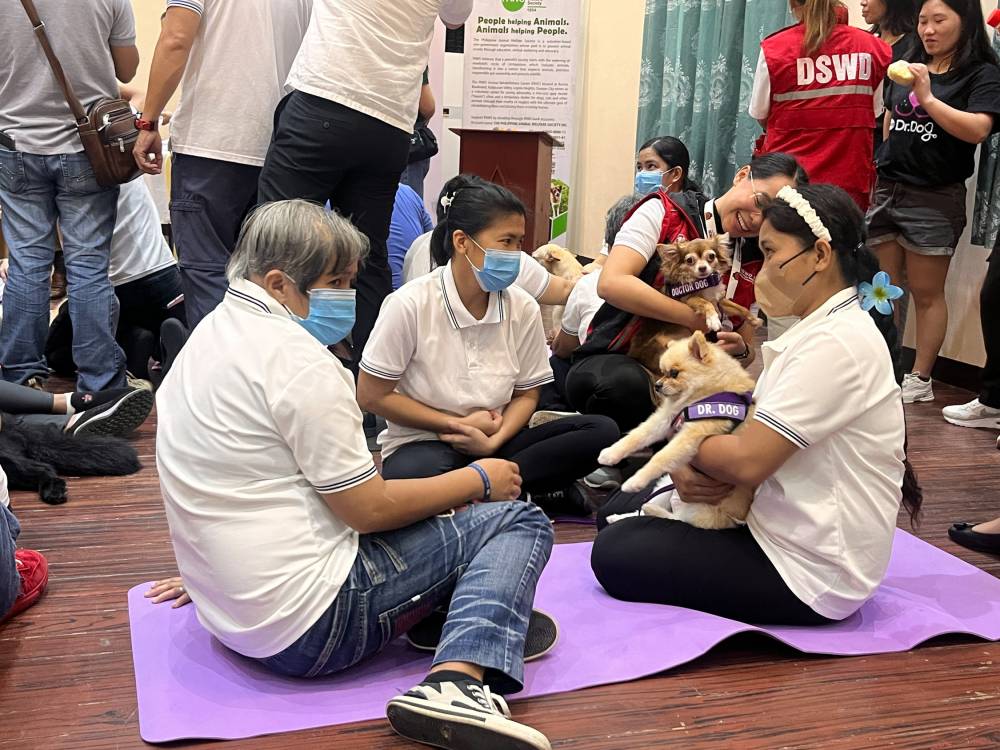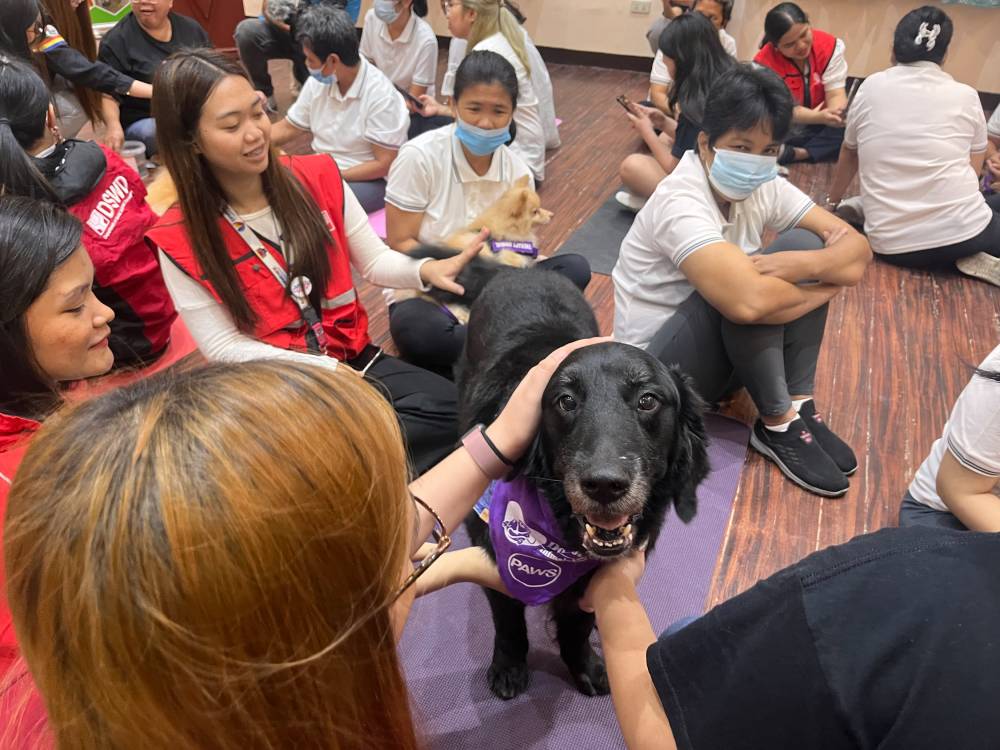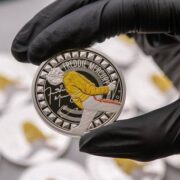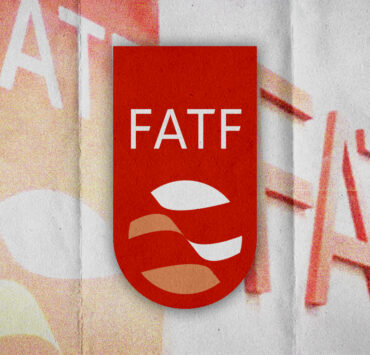DSWD taps ‘Dr. Dogs’ for abused children, PWDs

Imagine having a therapist whose mere presence—meek and calm—boosts your mood, and drives away your fears and worries?
Meet the “Dr. Dogs” of the Philippine Animal Welfare Society (PAWS), loving and gentle canines who have special roles at two residential care facilities of the Department of Social Welfare and Development (DSWD). The facilities cater to girls who were abused and neglected and adult women living with psychosocial disabilities.
On Wednesday last week, eight of the Dr. Dogs visited the 175 residents of the Sanctuary Center for a “healing” interaction.
Social Welfare Secretary Rex Gatchalian noted the unique approach to animal-assisted therapy and rehabilitation, which had not yet been institutionalized in the country despite previous studies showing the efficacy of the “therapeutic benefits of animal interactions.”
“Using pets for therapeutic effects has been tested in other countries. Our pilot [implementation] is just a formality, but of course, we have to go through the right process,” Gatchalian said.
“With this being a unique concept, we will gauge the positive effects. That has never been measured, and we hope that with this, there will be public trust towards this initiative,” he added.
Pilot testing
The technical components of the program include research and assessment that involve gathering “baseline and postintervention scores, client behavior” after each session to develop an in-house monitoring tool.
Eva Villegas, one of the social welfare officers at Marillac Hills where abused girls are taken care of, said the beneficiaries are evaluated before and after the session to check the effectiveness of the program.
“Most of these children who are victims of sexual abuse do not understand how to handle aggression and stress because of their experience,” Villegas told the Inquirer.
She said kids who undergo animal-assisted therapy are also handpicked based on their case. The therapy with dogs also helps kids understand the concept of loss and transience whenever it is time for the dogs to leave the facility.
Dog therapy
Sessions are done bimonthly on Saturdays with targeted beneficiaries from the two pilot facilities. Gatchalian hopes to bring this canine therapy to other DSWD-run residential care facilities once the agency finishes its initial pilot testing in July.
PAWS, which has been doing animal-assisted therapy for people with severe illnesses and mental health issues for the last 20 years, has witnessed the benefits of this approach to treatment and rehabilitation.

“There are studies that if a person ends up in the hospital, hospital stay is much shorter if he or she has a pet compared to a person who doesn’t have a pet,” PAWS executive director Anna Cabrera told the Inquirer.
She said the DSWD was the first government agency to reach out to PAWS for animal-assisted therapy though the advocacy group has been doing the program for public hospitals, such as Ospital ng Maynila and Philippine Children’s Medical Center.
Aside from increasing “happy hormones,” Cabrera cited lower cholesterol and blood pressure levels among those who did the therapy.
A memorable case, she recalled, was when a girl who was a survivor of sexual abuse had a one-on-one session with “Dr. Eddie,” a male Labrador retriever.
Cabrera and the rest of the staff watched from behind the windows how the 13-year-old child whispered “earnestly” into the ears of the dog her problems while she wept and hugged her furry friend.
“This is how we know that the Dr. Dog program works,” Cabrera said.
She cited another session with pediatric cancer patients, who were happiest whenever around dogs because they were not defined by their sickness.
“The kids with cancer don’t want to be treated like they’re kids with cancer. And sometimes, when people are there [to visit them], there’s a sense of pity just because of their malignancy,” she said. “But the dogs, they just see them as kids … They don’t judge. They don’t care whether you’re rich or poor, whether you’ve brushed your teeth or your hair.”
Screening canine doctors
The dogs, however, must be screened before becoming a Dr. Dog. PAWS requires them to be spayed or neutered, and generally healthy with updated vaccines age 2 years and above.
What usually causes applicants to flunk the screening is the “temperament testing,” where a dog’s reactions are assessed during certain situations with clients.
For example, when a tail is pulled, a dog will usually complain by growling, barking or worse, biting. A Dr. Dog, on the other hand, would be indifferent.
“[For the other dogs,] it doesn’t mean that they’re bad dogs. But the dogs that are super tolerant may be raised in super loving families that they don’t really feel that they have to protect themselves or anything,” Cabrera said.
“The worst thing that a Dr. Dog will do if you treat them badly is they will move away,” she added.
The program, Cabrera said, has been “very transformative” not only for the beneficiaries but also for the volunteers.
“There are many unpleasant aspects of our work. We have to deal with animal cruelty … And it’s upsetting. But here, we see the positive side—that we can do so much for each other if we are kinder to each other,” she said.
“It’s not always about people helping animals. It’s also about animals helping people. That maybe, if we show [people] that these are the things that animals can give to us, maybe they would treat the animals more kindly,” she added.





















